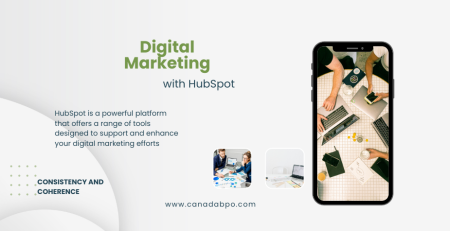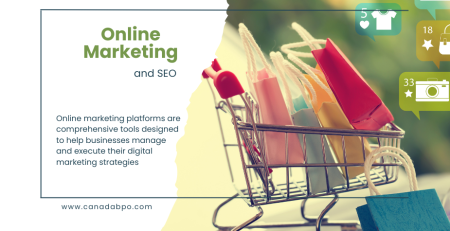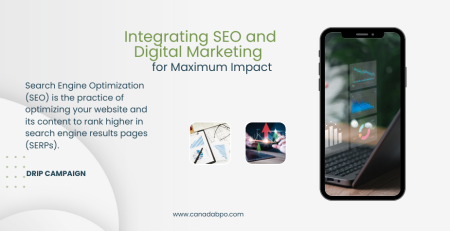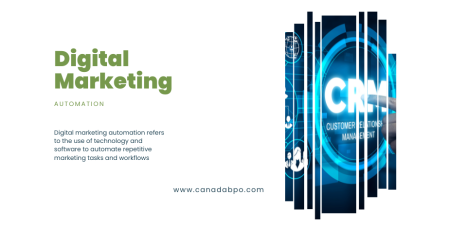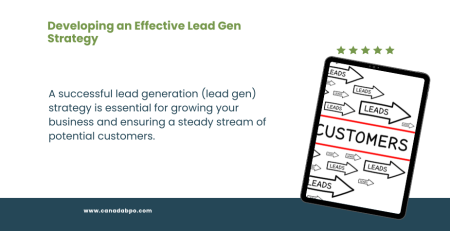In the realm of digital marketing, drip marketing stands out as a highly effective strategy for nurturing leads, enhancing customer relationships, and driving conversions. By delivering targeted, automated messages at specific intervals, drip marketing helps businesses maintain engagement and guide prospects through the sales funnel. In this blog post, we’ll explore what drip marketing is, how it works, and how you can leverage it to achieve your marketing goals.
What is Drip Marketing?
Drip marketing is an automated marketing strategy that involves sending a series of pre-scheduled messages or content pieces to prospects or customers over a period of time. These messages, often delivered via email but also through other channels like SMS or social media, are designed to nurture leads, provide valuable information, and guide them toward a desired action.
The essence of drip marketing lies in its ability to deliver the right message to the right person at the right time, based on their behavior, preferences, and stage in the customer journey.
How Drip Marketing Works
Drip marketing works through a series of steps that ensure prospects receive relevant and timely communication. Here’s how it typically functions:
1. Define Your Objectives
Start by setting clear goals for your drip marketing campaign. Whether you aim to generate leads, onboard new customers, or re-engage inactive users, having specific objectives will guide the creation and execution of your campaign.
2. Segment Your Audience
Identify different segments within your audience based on criteria such as demographics, behavior, or purchase history. Segmenting your audience allows you to tailor your messages to meet the specific needs and interests of each group.
3. Create Engaging Content
Develop a series of messages or content pieces that align with your objectives and address the needs of each audience segment. Content can include educational resources, promotional offers, product updates, or personalized recommendations.
4. Set Up Automation
Use a marketing automation platform to schedule and send your drip messages. Automation tools enable you to set up triggers based on user actions, such as signing up for a newsletter or abandoning a cart, ensuring that your messages are delivered at the right time.
5. Monitor and Optimize
Track the performance of your drip marketing campaign using analytics and reporting tools. Monitor key metrics such as open rates, click-through rates, and conversion rates. Use this data to refine your messaging, timing, and overall strategy.
Benefits of Drip Marketing
Drip marketing offers several advantages that can significantly enhance your marketing efforts:
1. Personalized Communication
Drip marketing allows you to deliver personalized messages based on user behavior and preferences. This tailored approach increases the relevance of your communication and enhances the overall user experience.
2. Nurturing Leads
By providing valuable content and guidance throughout the customer journey, drip marketing helps nurture leads and build relationships. This continuous engagement keeps your brand top-of-mind and increases the likelihood of conversion.
3. Increased Efficiency
Automation streamlines the process of delivering marketing messages, reducing the need for manual intervention. This efficiency allows you to manage large volumes of communication and focus on other strategic activities.
4. Improved Conversion Rates
Drip marketing guides prospects through the sales funnel with targeted content and timely follow-ups. This structured approach can lead to higher conversion rates as prospects receive the information and encouragement needed to make a decision.
5. Enhanced Customer Retention
Drip marketing isn’t limited to acquiring new leads; it’s also effective for retaining existing customers. Regularly engaging with customers through personalized content helps maintain their interest and loyalty.
Effective Strategies for Drip Marketing
To maximize the effectiveness of your drip marketing campaigns, consider these strategies:
1. Map Out the Customer Journey
Understand the different stages of the customer journey and create drip campaigns that align with each stage. Tailor your messages to address the specific needs and concerns of prospects at each phase.
2. Utilize Behavioral Triggers
Set up triggers based on user behavior, such as website visits, email opens, or purchase history. Behavioral triggers ensure that your messages are timely and relevant, increasing their impact.
3. Test and Refine
Conduct A/B testing to evaluate different versions of your messages, subject lines, or timing. Use the results to optimize your campaigns and improve overall performance.
4. Incorporate Dynamic Content
Use dynamic content to personalize your messages based on user data. This approach allows you to deliver highly relevant content that resonates with individual recipients.
5. Maintain Consistency
Ensure that your drip marketing messages maintain consistency in tone, branding, and messaging. Consistency reinforces your brand identity and helps build trust with your audience.
6. Provide Value
Focus on delivering content that provides value to your audience, whether through educational resources, exclusive offers, or personalized recommendations. Valuable content enhances engagement and strengthens relationships.
Drip marketing is a powerful strategy for nurturing leads, enhancing engagement, and driving conversions. By delivering personalized, timely messages through automation, you can effectively guide prospects through the sales funnel and build lasting relationships with your audience.
At Canada BPO Services, we specialize in developing and executing effective drip marketing campaigns to help businesses achieve their marketing goals. Whether you need assistance with creating content, setting up automation, or optimizing your campaigns, our team is here to support you. Contact us today to learn more about how we can help you leverage drip marketing to drive success for your business!


